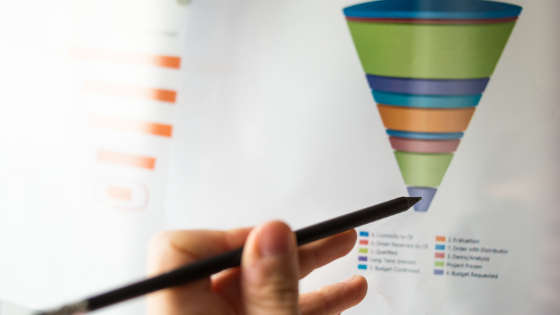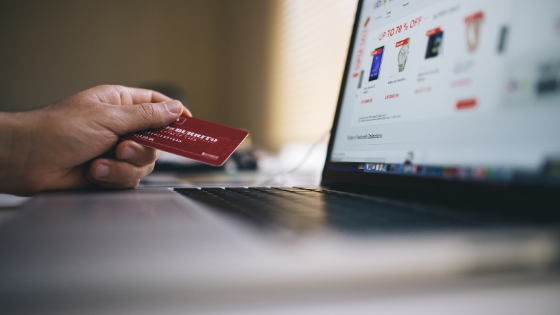E-commerce is in high demand right now, like no other time before. While your bricks and mortar competitors are desperately pivoting online, or improving an ecommerce site that was previously more for show than tell, you’re in the perfect position to invest more time in polishing up your conversions and getting that revenue in. Here’s our top ten ways to boost your conversion rates ASAP:
1. Less is more
Ask less of your customer at check out. You don’t need to ask them their dog’s name, age of their brother and what their roommate ate for breakfast: Get the key details down for your shipping needs only, and follow up later when they’re delighted with their new purchase to ask for more details – it might even incentivise a follow up purchase.
2. Use testimonials. Nothing is as powerful as social proofing – that’s why we’re more likely to buy products or services our friends recommend. Make sure your product page features reviews, and consider using a powerful testimonial front and centre on the home page. We need visitors to know your brand is loved, trusted and thought highly of!
3. Utilise dedicated Landing Pages for your Paid Ads. A landing page is a specific page designed for an action. For example, your ad that features plus-size yoga pants? That should have a landing page specifically dedicated to your extensive line of 18 + sizes. When a landing page correlates directly to the offer on an ad, your user is far more likely to make a conversion, because you’re making it easy for them to be sold the product or service. Not running paid ads? You’re missing out already!
4. Offer payment options. Credit card and Paypal are great catch-alls, but what else can you use to make your customer not even think twice about purchasing? Installment payment solutions like Afterpay and Zippay are great for the budget conscious shoppers, while speed demons (like myself) love Apple Pay for it’s two-clicks-and-done payment process. Offer more ways to pay, and they will come!
5. Use a chat tool. Pop up chat options for ecommerce are perfect for getting to the nuts and bolts of a customer’s needs. Not only can they humanise the experience, but they can also make a client feel supported and understood, and directed to a purchase they’re happy with. If you don’t have the staff for a manned chatbot interaction, there are a range of highly advanced chatbots available that provide incredible support for customers on websites, that have shown a distinct uplift in conversions when offered. Have a chat with us about automation and learn more.
6. Offer a guarantee. Even the most confident online buyer might hesitate over a new ecommerce website. By providing a guarantee, you’re giving them the confidence to buy from you, knowing their satisfaction is a top priority. Work out terms that make sense for your business, and for your customer, including the cost of shipping a return and whether it can be done for an exchange only or refund.
7. Offer guest registration or sign in to check out. Sign-in only options assumes your customer has the patience (and interest) in creating and filling out a full customer profile. Offering “Guest” or express check out lets them make their sale in quick time, with less likelihood of checkout fatigue and second guesses.
8. Make it personal. Including details about you and your company on the About Page, or in strategic spots across the website reminds people they are buying from a real person. Look to Irene Falcone from Nourished Life as a great example – As the founder, she regularly appears on the Nourished Life website as a model and host, making you feel more connected to the brand.
9. Leave fake images at the door. Stock images are fantastic for a range of uses, but for conversions they are more likely to harm than help. Highly quality images of your products and services make it feel real and applicable to website viewers, in turn pumping up conversions through trust.
10. Make your text specific. It’s too easy to say a product is right for everyone! Higher conversions in ecommerce are often seen in examples where a product outlines who and what it is for. Don’t forget to refer back to your marketing strategy when it comes to writing product copy: A product designed for a niche in mind is more likely to make that purchase, than a bland and generalised statement to the masses.
So, what can we help you with on this list? If you’re serious about making significant conversions on your ecommerce website, its time to claim your free strategy session with one of our marketing experts today. It’s a no obligations chat filled with actionable ideas that you can utilise today. Reach out to us on 1300 138 521 or contact us here.




